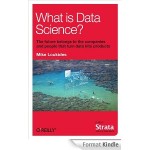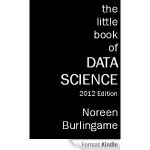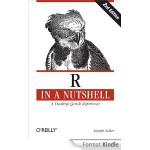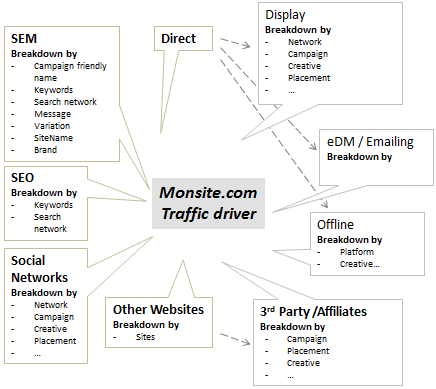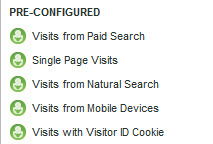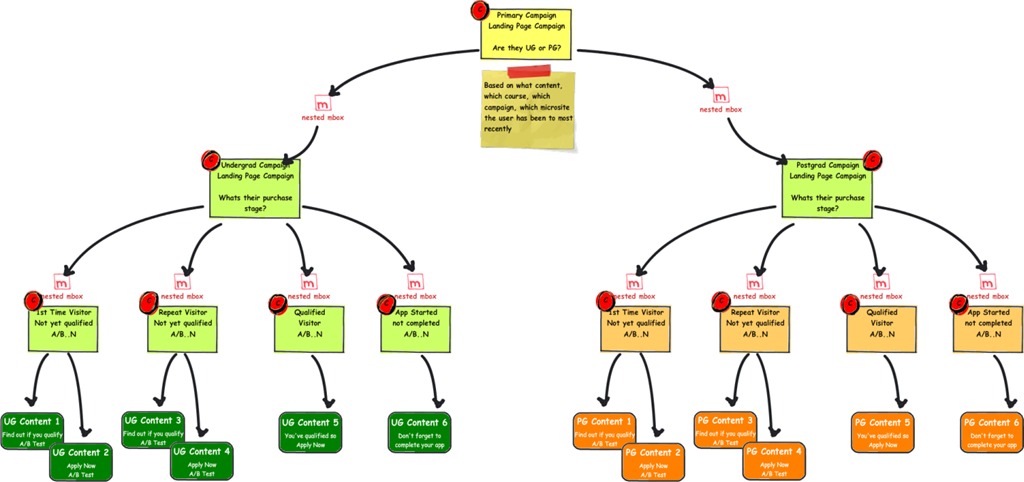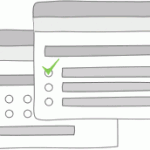You may have heard this statement over & over. “Data Scientist : the sexiest job in 21st century”
Honestly, to most people this doesn’t make any sense ; but when you start thinking about it and put your marketer/analyst/geek hat it’s starting to make sense.
Quite recently, one of my client told me
“I can’t believe I am saying this but yeah I am very excited at the sight of getting this report”
, hearing is this is sooo rewarding. Yes that’s true Data are exciting ! And I’m glad that from time to time, despite the data austerity first impression, I am able to communicate this to client, colleagues, friends…
Why is Data Scientist job sexy? From my point of view when I work at pulling data, cleaning them, finding the gem, organizing them, making sense of them, presenting them and finally turning them into action plan I feel like I am MacGyver & Sherlock Holmes & Lara Croft: ALL IN ONE !
- MacGyver because I am starting from a mess and tons of raw data and have to find a way to create a bomb with it.
- Sherlock Holmes because I am conducting a very serious investigation and need to rely on strong logical reasoning to avoid making false assumptions and solve the issue.
- Lara Croft because I’ll search and not give up until I find the gem and needless to say she is sexy…!

More seriously, I am not per say a Data Scientist as my background is mostly Digital Marketing related and I don’t have Mathematical or Science PHD or whatever but I always was keen to love math and solving riddles and today in brief my daily job is to ‘find the right data to capture, report & analyze it to allow better business making decision‘ hence in my ongoing research to improve those ‘data mining, data scientist, Business intelligence, data visualization…’ skills and find new tools to play with data, I came across those 3 books which I’ll advise for those who either are just curious about this job or wants to learn about the skills or start seriously digging into data.
- Curious ?
2. Data visualization or how to make your data tell a story and data scientist skills. - Want to know more about the job?
- Serious about digging into data?
This book is going to be my bedside book for the few weeks coming and in preparation for my Data Analysis course this winter… Looking forward sharing this experience with you !
Well, I certainly hope you’ll enjoy them as much as I did !
Also, for those who really don’t like to read ; here is an interesting video from Edel Lynch who is working in one of Accenture Analytics Innovation Center – her background is much more scientist but at the end the skills she described as essential to a data scientist / analytics role are: math, solving problem abilities, communication & business acumen. Watch by yourself, from 0:40 to 1:56 she is focused on the power of Analytics ; from 4:41 to 5:43 she is focused on skills & talents required for a career in analytics
I don’t really know if it make sense to say that this set of skills or this job is the sexiest to be, even though I quite understand the thrill of it and the demand for it. Anyhow, the possibilities are endless and from my point of view I can’t see a best career path.
If you liked this post, don’t be shy, spread the data love…


